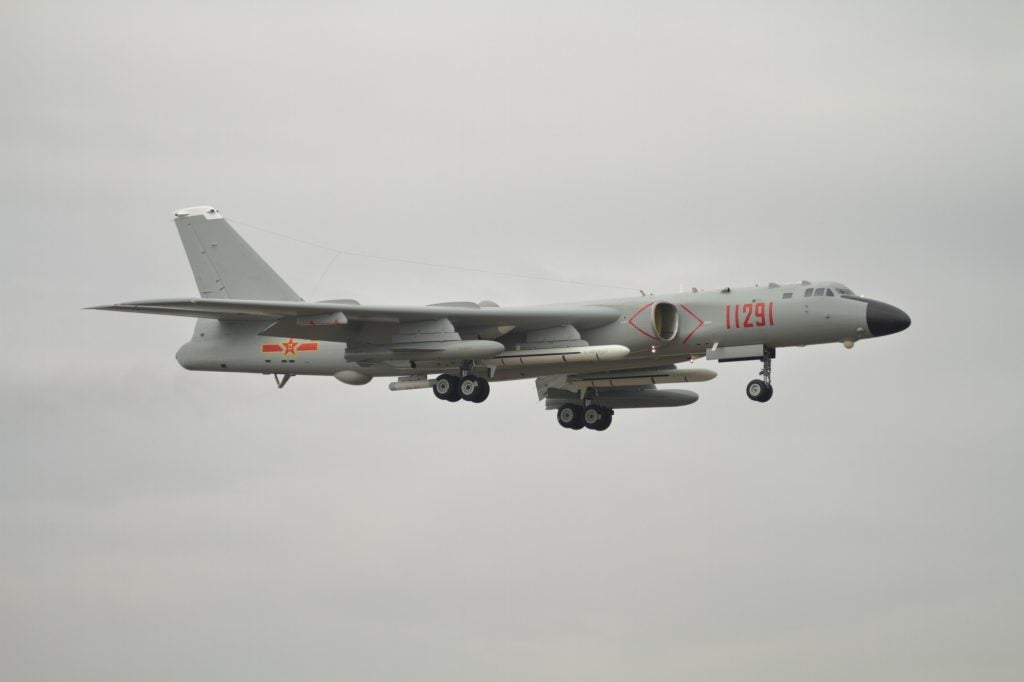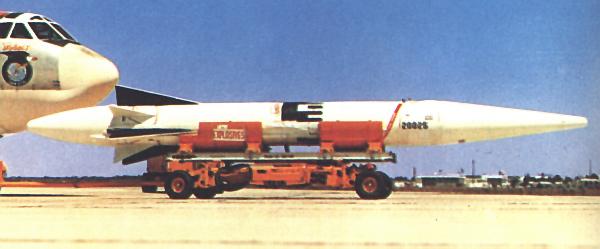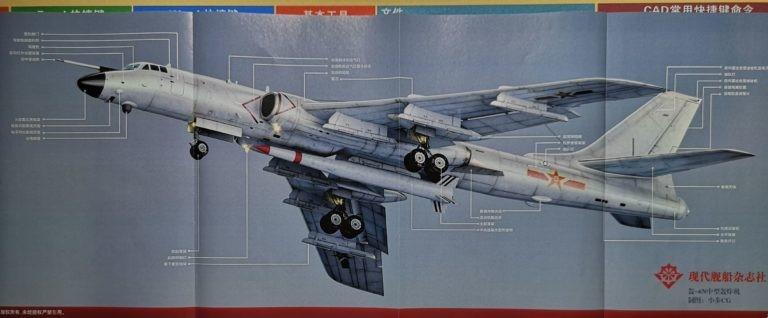Chinese Air-Launched Ballistic Missiles Close to Deployment
Chinese state-owned magazine Modern Ships published an illustration of the system a Xiah H-6N would use to deploy air-launched ballistic missiles (ALBM) in its 1 November issue. The illustration is seen as an indication of significant progress in China’s ALBM program in a report by Jane’s.
The magazine issue was headlined “bombers rule the waves”, its cover featured a high-quality computer-generated image of a Chinese H-6N plane equipped with an underslung missile, and contained additional CG images inside.

State-owned shipbuilding conglomerate China Shipbuilding Industry Corporation (CSIC) runs the Shipbuilding Information Center, also known as 714 Institute, publisher of the bi-monthly Modern Ships magazine.
ALBMs as a concept promises a more mobile alternative to traditional land and sea-based launchers. They would be capable of traversing great distances in order to strategically launch potentially nuclear-tipped ballistic missiles before getting in range of air defenses and intercepting fighter jets.
The United States studied the viability of ALBMs during the Cold War. The US Armed Forces even began the development of the GAM-87 Skybolt intended for use by American and British bombers. The project was eventually dropped in favor of submarine-launched ballistic missiles (SLBM) due to repeated failures in the testing stage.

Despite its own ALBM program never taking off, the US is keeping a close eye on the Chinese efforts. In the U.S. Department of Defense’s annual public assessment of China’s military capabilities, it reported earlier this year that the future deployment of China’s in-development ALBMs would “for the first time, provide China with a viable triad of delivery systems across land, sea, and air forces”.
The Chinese People’s Liberation Army Air Force was reassigned nuclear duties in 2018, for the first time since the late 70s/early 80s per the DoD’s same annual assessment from the previous year. China currently operates Type 094 ballistic missile submarines in addition to its rail-mobile Dongfeng-41 surface-to-surface ICBMs.

